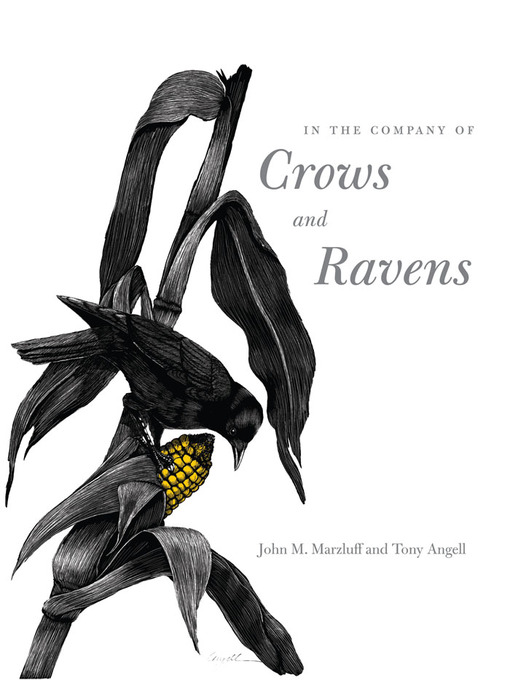“Crows and people share similar traits and social strategies. To a surprising extent, to know the crow is to know ourselves."—from the Preface
From the cave walls at Lascaux to the last painting by Van Gogh, from the works of Shakespeare to those of Mark Twain, there is clear evidence that crows and ravens influence human culture. Yet this influence is not unidirectional, say the authors of this fascinating book: people profoundly influence crow culture, ecology, and evolution as well.
John Marzluff and Tony Angell examine the often surprising ways that crows and humans interact. The authors contend that those interactions reflect a process of “cultural coevolution." They offer a challenging new view of the human-crow dynamic—a view that may change our thinking not only about crows but also about ourselves.
Featuring more than 100 original drawings, the book takes a close look at the influences people have had on the lives of crows throughout history and at the significant ways crows have altered human lives. In the Company of Crows and Ravens illuminates the entwined histories of crows and people and concludes with an intriguing discussion of the crow-human relationship and how our attitudes toward crows may affect our cultural trajectory.



